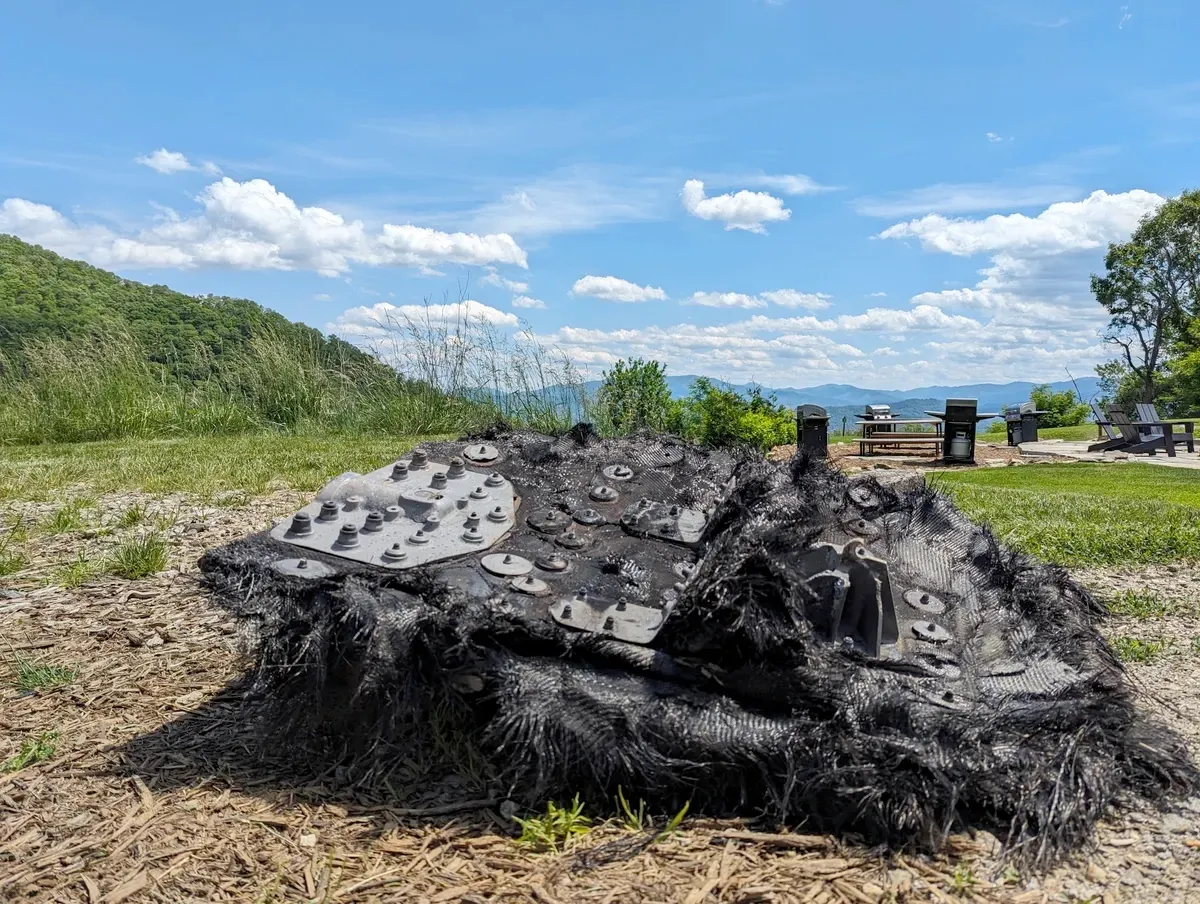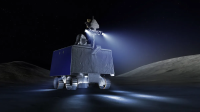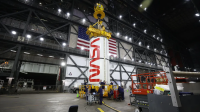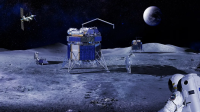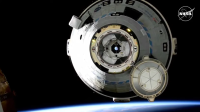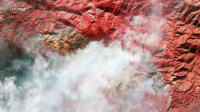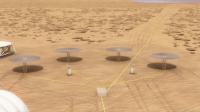NASA and SpaceX are evaluating modifications to the reentry process of the Dragon spacecraft to mitigate debris from its trunk section reaching the ground, Reuters reported. Recent incidents involving debris from several missions have prompted a reevaluation of existing procedures.
Previously, debris from Dragon spacecraft trunks has been found on land, including fragments from missions such as Crew-1 in Australia and Crew-7 in North Carolina. Despite initial expectations that the trunks would fully burn up during reentry, recent incidents have highlighted the need for improvements.
“We did analysis back before Demo-2 and clearly the models don’t deal with the trunk very well,” said Steve Stich, NASA commercial crew program manager, in an interview. He indicated that composite materials used in the trunk may contribute to the challenges of reentry, likening it to a thermal protection system.
In response, NASA and SpaceX are considering procedural changes. One proposed adjustment involves conducting the deorbit burn before releasing the trunk, aiming to control where debris may fall more effectively, particularly ensuring unpopulated areas.
“We’re in the process of doing that work right now,” Stich added. “I would love to have something in place next year if we can, but we’ve got to do all the right analysis.”
The complexity of this alternative approach includes the need for additional propellant and developing methods to safely separate the trunk post-burn. Engineers are exploring options to ensure that any surviving debris lands safely in the ocean, minimizing risks to populated areas.
The concerns over falling debris extend beyond Dragon trunks, with incidents like the uncontrolled reentry of an ISS battery rack fragment in Florida further emphasizing the need for careful management of space debris.
As legal implications unfold, including a recent claim filed with NASA for damages caused by falling debris, stakeholders stress the importance of setting standards for responsible space operations.
Mica Nguyen Worthy, the attorney handling the claim, emphasized the opportunity for NASA to establish precedents for compensation and safety in space activities.

